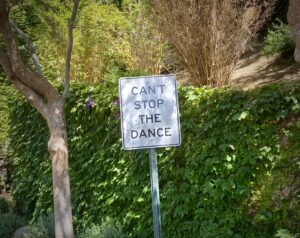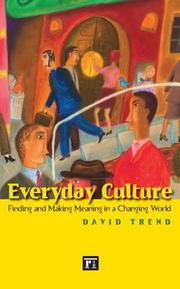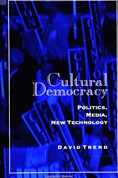It might surprise many to know that no systematic studies exist of college and university-level arts programs. This is partly due to the way art in higher education fragments into academic disciplines and professional training programs, as well as the complex array of public and private schools, community colleges and research universities, and the ever expanding variety of for-profit entities and online learn-at-home opportunities. The National Center for Education Statistics (NCES) provides rough disciplinary percentages of bachelor’s degrees earned by America’s estimated 18.7-million college students, however. Of these, 5.1 percent graduated in the “Visual and Performing Arts” category, and another 4.6 percent in “Communications and Journalism.” Larger break-downs included “Business” at 19.4 percent, “Health Sciences” at 10.7 percent, and “Social Science” at 9.2 percent.[i] Beyond this, anecdotal evidence abounds of a decade long decline in arts and humanities programs, described by many as a continuing crisis. The recession is partly to blame, with many students and their families simply opting for more surefire career paths, especially as college tuitions have risen.
Beyond this, anecdotal evidence abounds of a decade long decline in arts and humanities programs, described by many as a continuing crisis. The recession is partly to blame, with many students and their families simply opting for more surefire career paths, especially as college tuitions have risen.
On the other hand, college art has found new friends among creative economy advocates, with educators jumping on claims from people like Richard Florida that 30 percent of today’s jobs require creative skills.[ii] Making the most of this, the National Endowment for the Arts (NEA) recently released a report entitled “The Arts and Economic Growth,” compiled in partnership with the U.S. Bureau of Economic Analysis.[iii] The document claimed that “arts and culture” contributed $704-billion to the U.S. economy (4.2 percent of GDP) and a whopping 32.5 percent of GDP growth in the past 15 years. This is more than sectors like construction ($619-billion) and utilities ($270-billion), perhaps because the study defined art so broadly –– encompassing advertising, broadcasting, motion pictures, publishing, and arts-related merchandizing, as well as the performing and visual arts themselves. This prompted a piece entitled, “Who Knew? Arts Education Fuels the Economy” in the respected Chronicle of Higher Education, which noted similar findings from business groups. Among these were the Partnership for 21st-Century Learning, a coalition of corporate and educational leaders and policy makers, which said that, “Education in dance, theater, music, and the visual arts helps instill the curiosity, creativity, imagination, and capacity for evaluation that are perceived as vital to a productive U.S. work force.”[iv] The Conference Board, an international business-research organization, polled employers and school superintendents, finding “that creative problem-solving and communications are deemed important by both groups for an innovative work force.”[v] And IBM, in a report based on face-to-face interviews with more than 1,500 CEOs worldwide, concluded that “creativity trumps other leadership characteristics” in an era of rising complexity and continual change.[vi] Continue reading “College Art in Crisis”




